We The People: Portraits of Resistance (an ongoing project) ?I would, therefore, like to come before you and speak of myself.? Lillian Hellman, (1952) letter to House of Un-American Activities Commission For many years I have divided my working life between my photography studio and my psychoanalytic consulting room. Since the election of our current president, I have been bringing the dignity and storytelling power of my consulting room into my studio. My patients and I can?t help but respond to the turbulence, fear, rage, and grief expressed during this dark period in our nation?s history. This series reflects the collective symptoms of a disturbing new world birthed in repressed racism, xenophobic nativism, misogyny, homophobia, militarism and sexual exploitation. I have been inviting people into my studio to join me in the creation of collaborative portraits. They respond to the state of the union through gesture, gaze, costumes, props and lighting that references a collective visual history of resistance. In doing so, they transform their personal space and bodies into a cadre of model witnesses against persecution. Lillian Hellman famously stated, ?I cannot and will not cut my conscience to fit this year?s fashions.? We are presently witnessing a similar amoral fashion show, one again hosted by an oppressive body politic whose designs once again incorporate stitched restrictions cut out of red, white and blue fabric. These images are as diverse as each sitter who takes ownership of their portraits— confrontational, dramatic, heroic, mournful and defiant. The black funereal velvet that each participant emerges from evokes the press to end this period of mourning over lost liberties and civil rights.
Donna Bassin: Precious Scars.Monk.8A
I print the original digital photographs on 16′ x 16′ Moab Moenkopi Washi Unryu rice paper. I tear the print to damage and wound the image. Torn fragments from other photographs in the series back the tears, further mended with quick and crude sewing with colored embroidery thread. Lastly, the prints are dipped in an archival beeswax encaustic medium.. I travel to Buddhist lands to break down my fixed preconceptions and open spaces for a new vision. During the pandemic, I used the practice of Kintsugi, repairing damaged pottery, as a metaphor for expressing the tears and ruptures in this American moment. The original photographs were taken in the traditional city of Kyoto, Japan. The ripped and then mended prints were dipped in wax, highlighting injury and repair simultaneously, resulting in precious scars and giving material form to the history of experience.
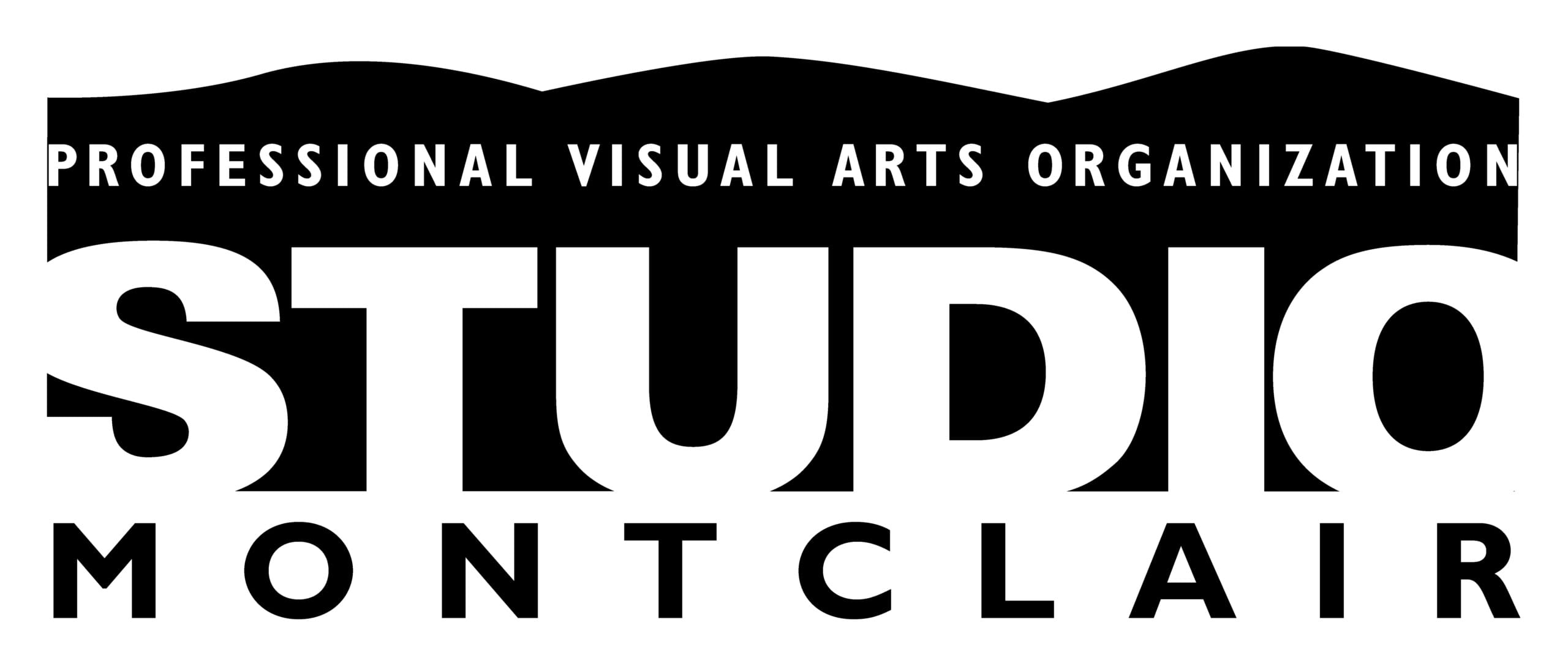

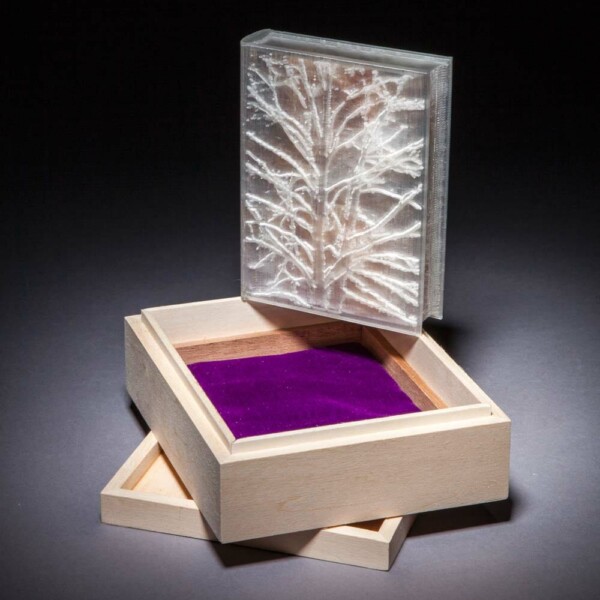
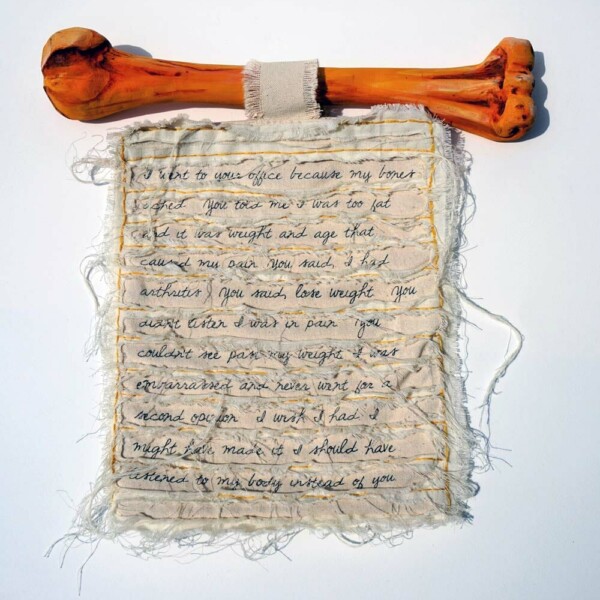
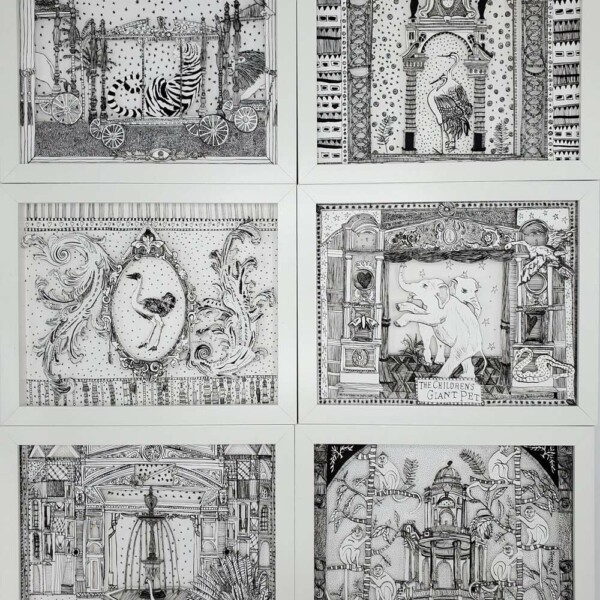
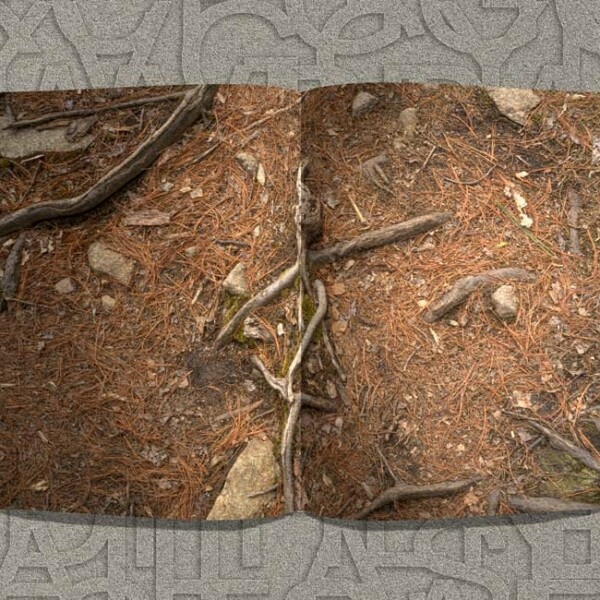
Reviews
There are no reviews yet.